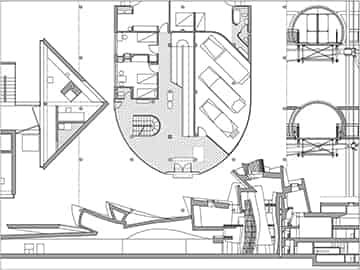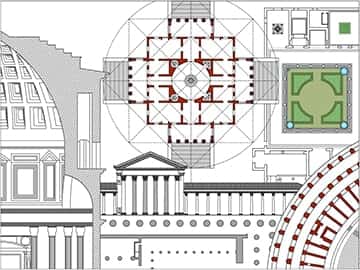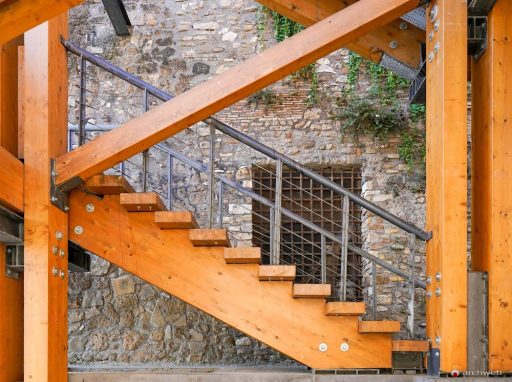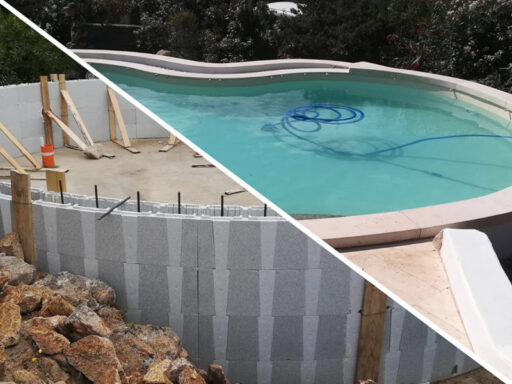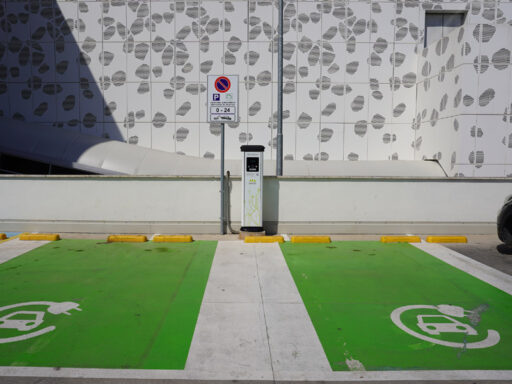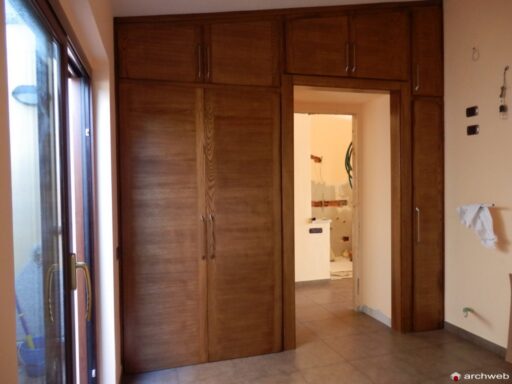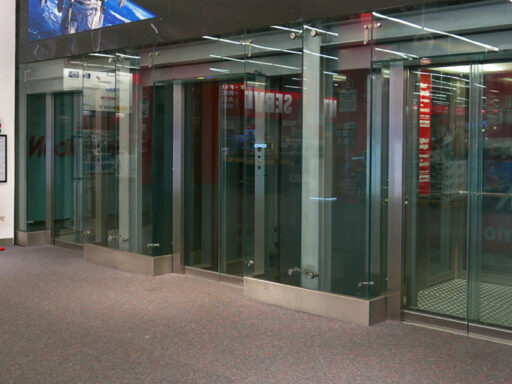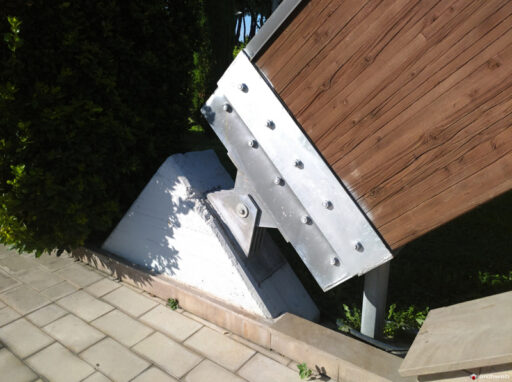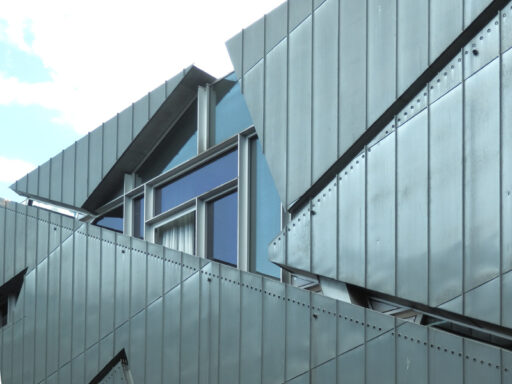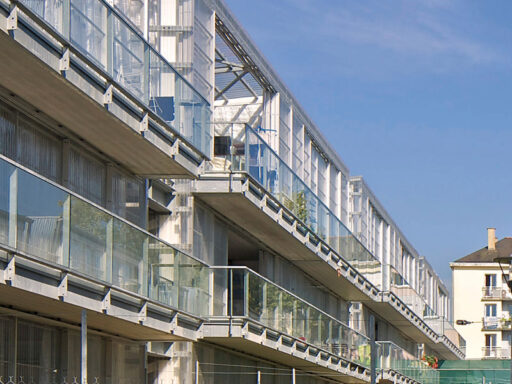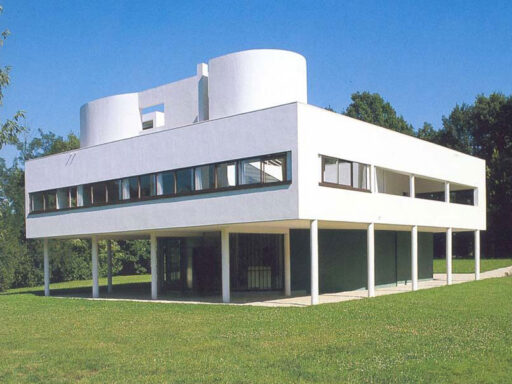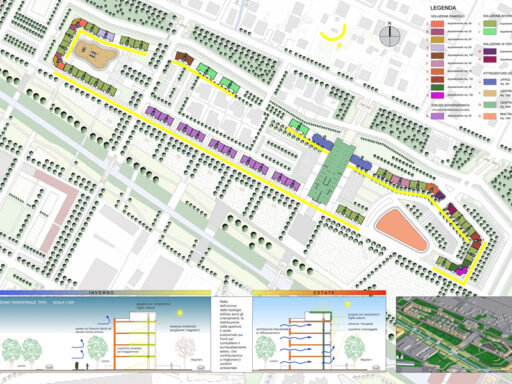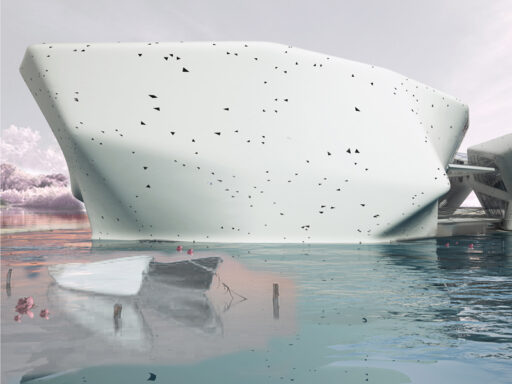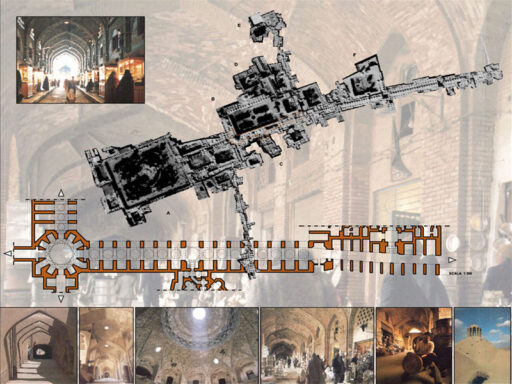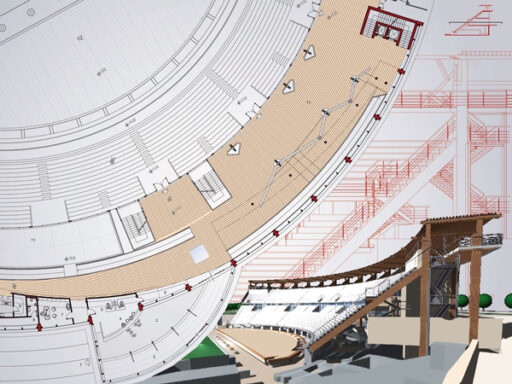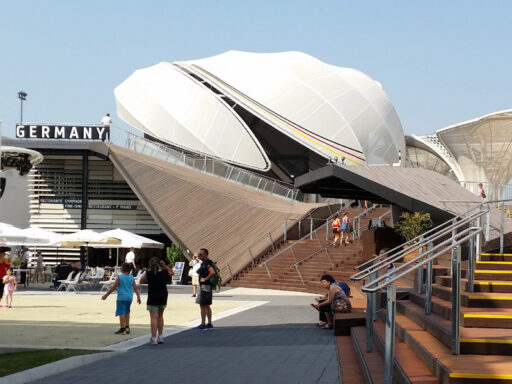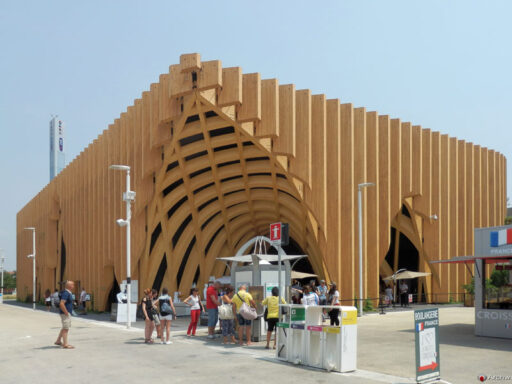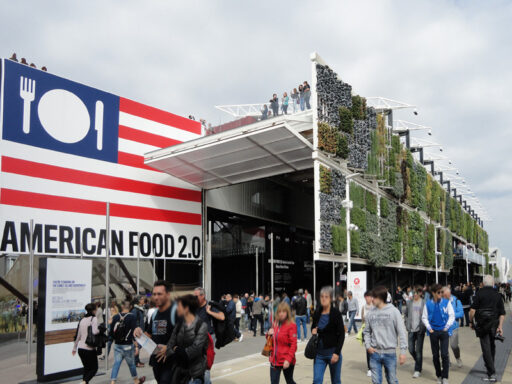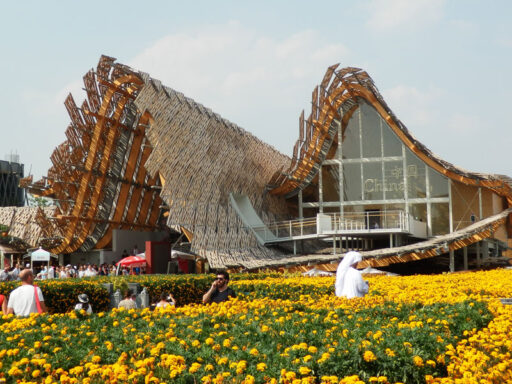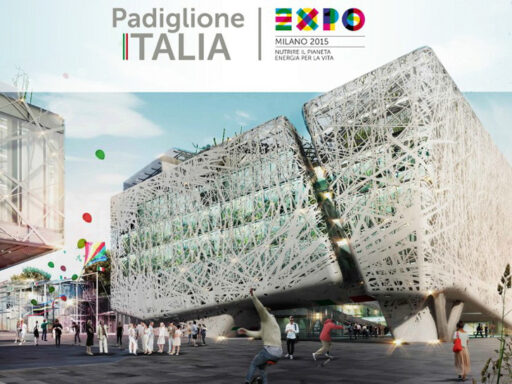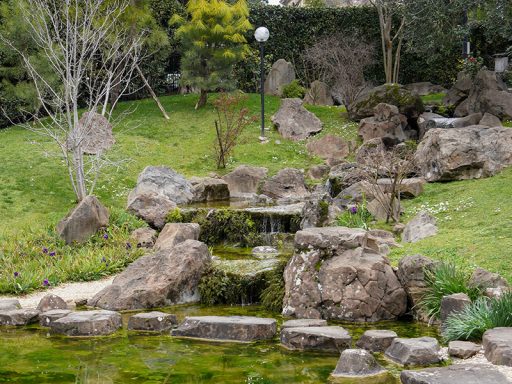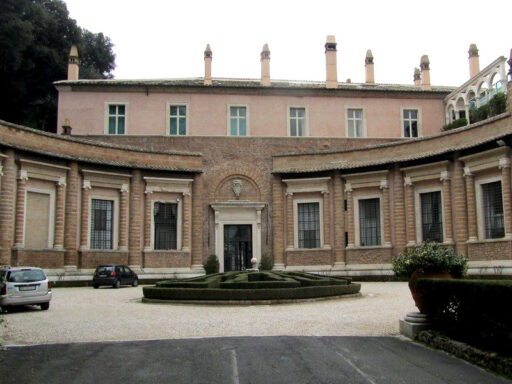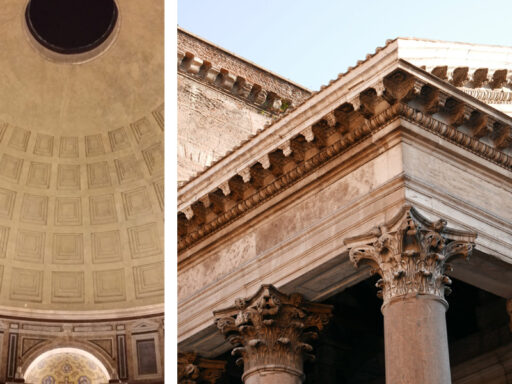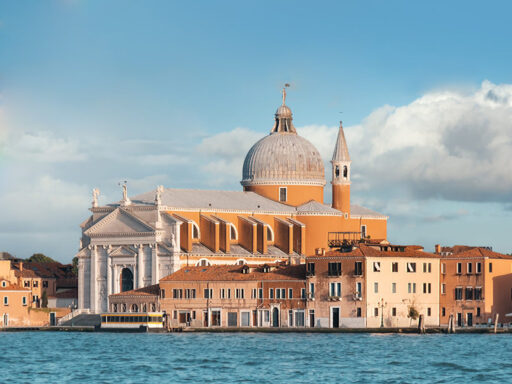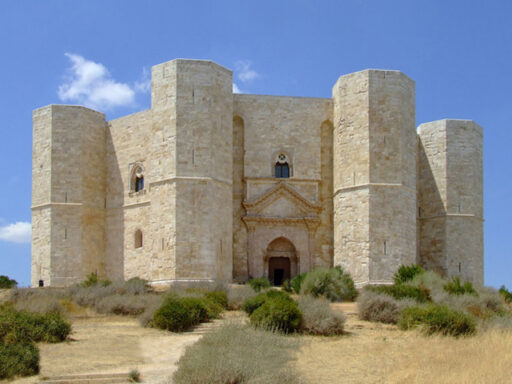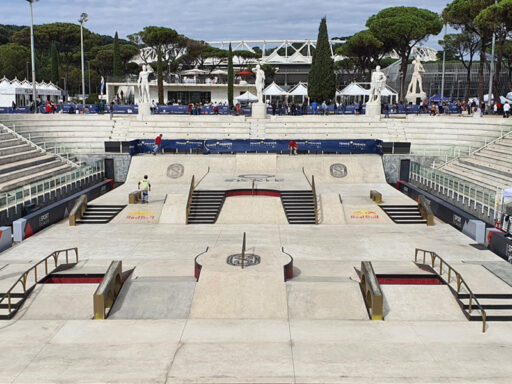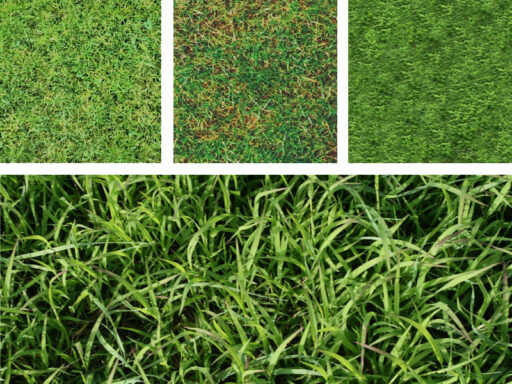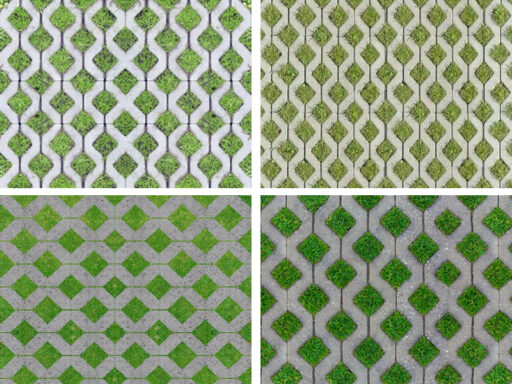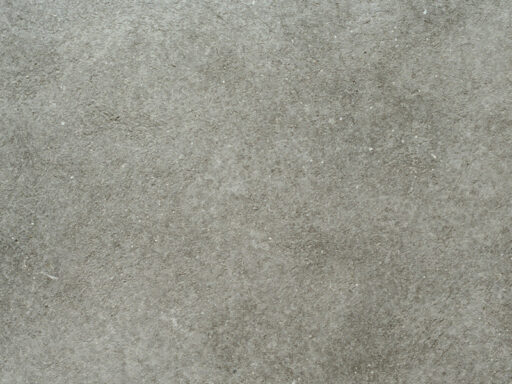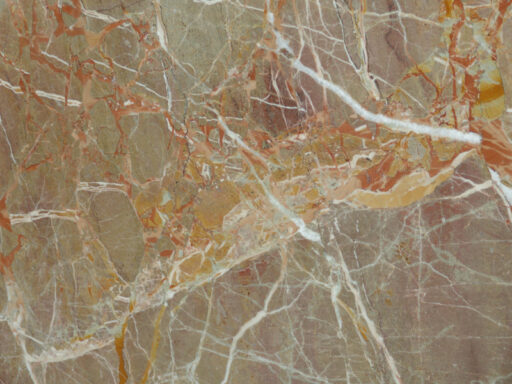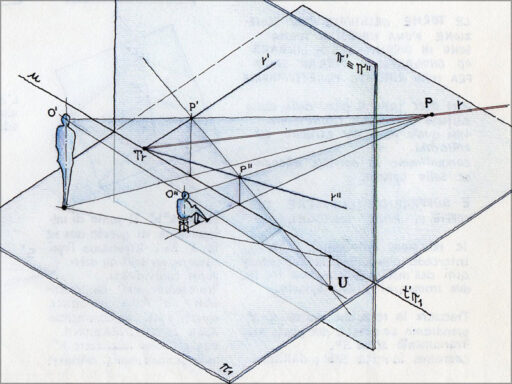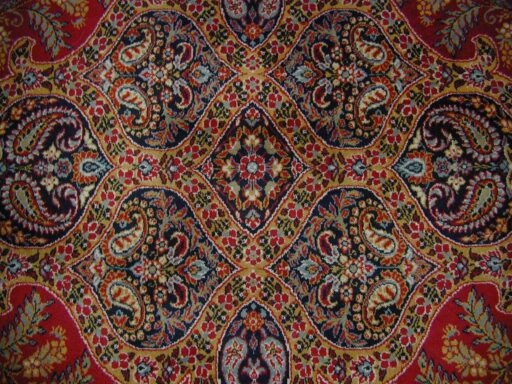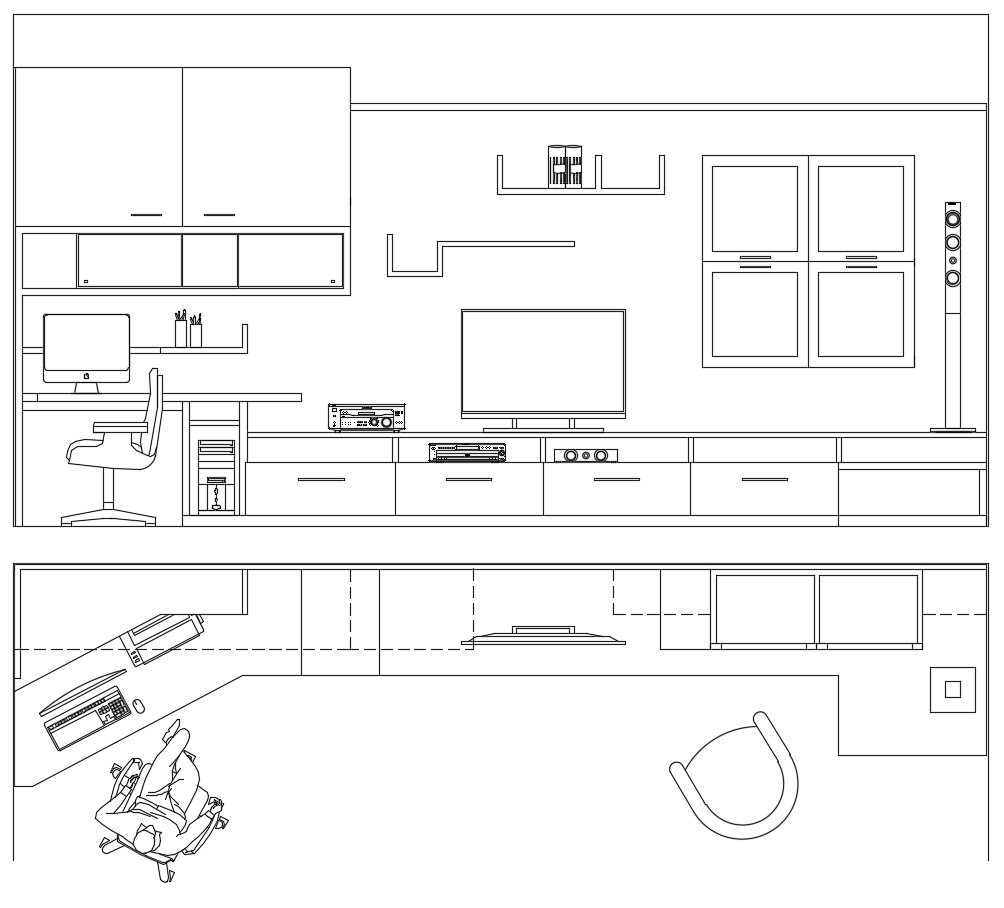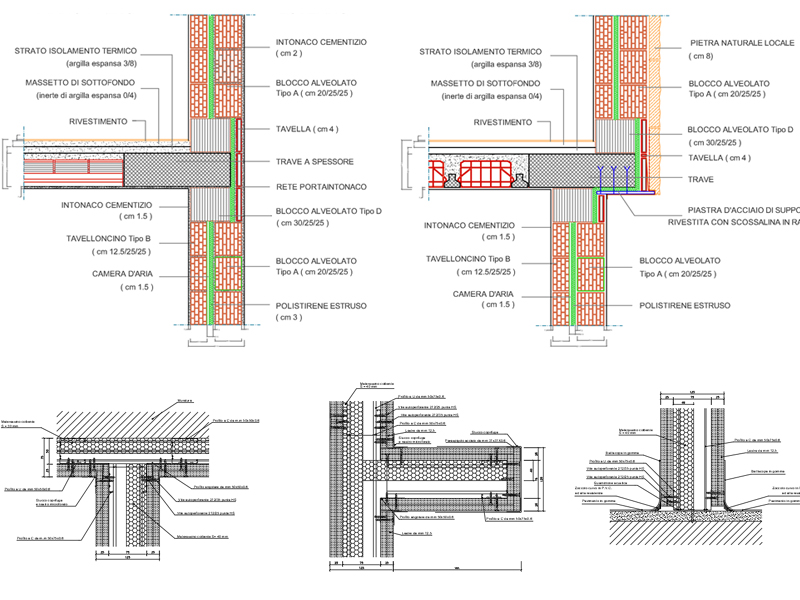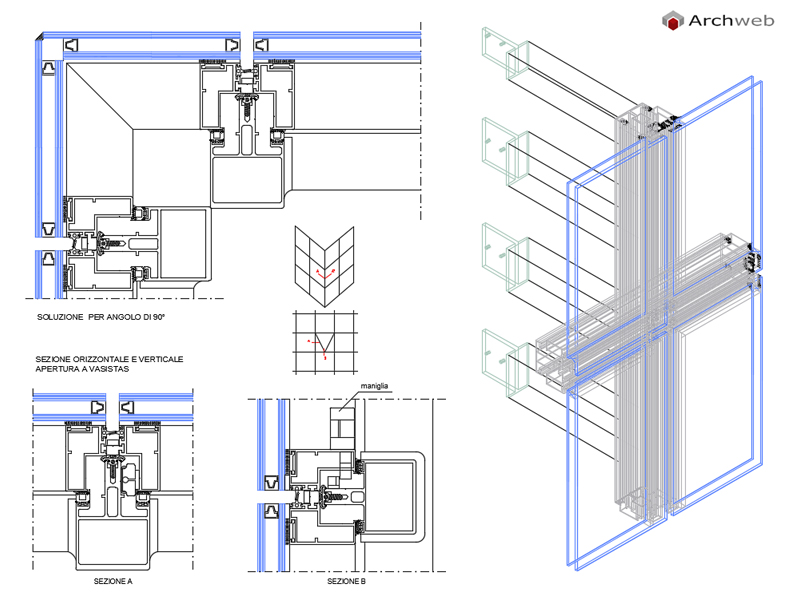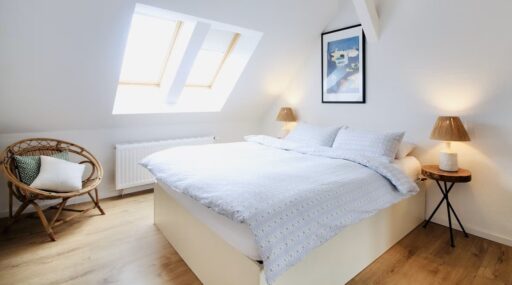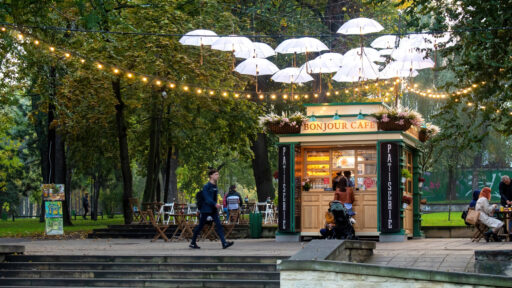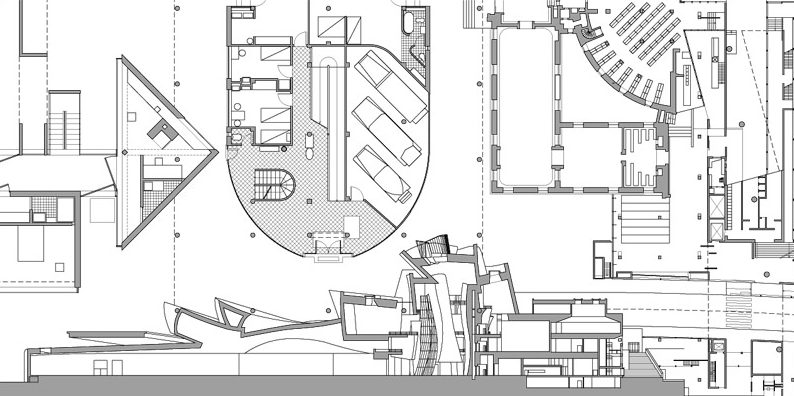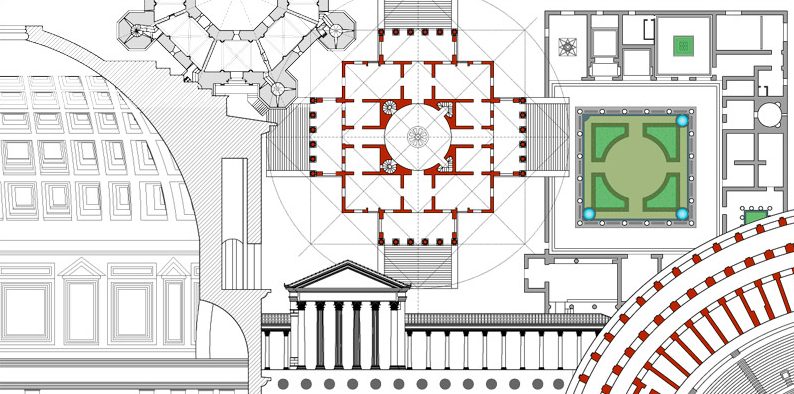Materials for interior design
Useful guide to choosing
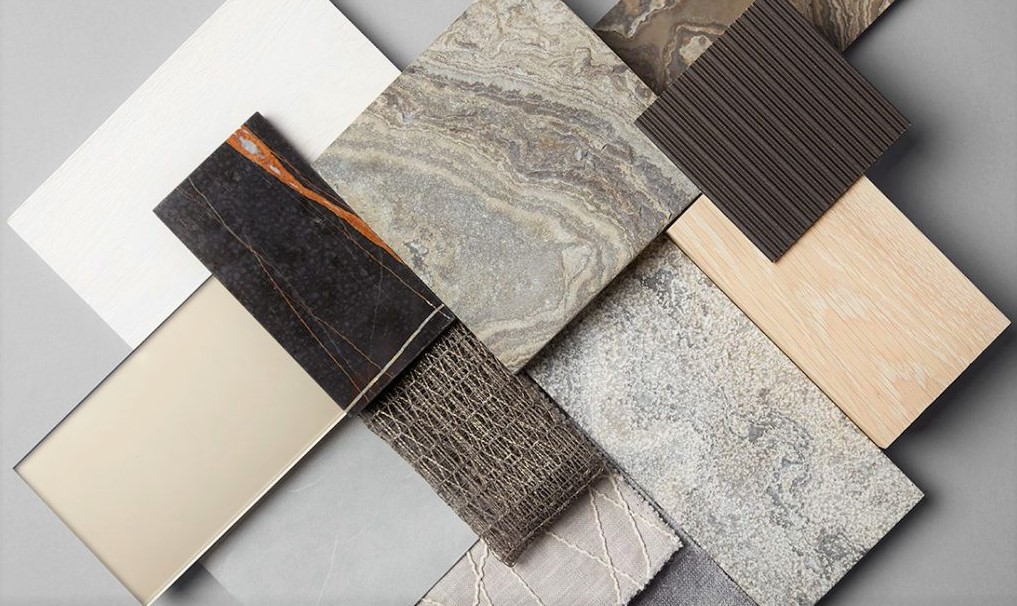
The analysis of the material aspect regarding the furnishings and finishes of internal environments is complex and deserves particular attention. In fact, the basis of the choice of building materials is usually the style you want to follow and obtain for your spaces. However, this reasoning turns out to be reductive since the furniture, in addition to being pleasant to the eye, must guarantee comfort and psycho-physical well-being to the user who spends most of his time within domestic and working environments. To this end, it is best to opt for raw materials that ensure high levels of quality and performance.
Contents
- Choice of materials: aspects to consider
- Materials for interior design
- Pollution in domestic environments
- Current legislation
- Laboratory tests
- Brands and certifications
Over time, technological progress has determined the development of countless materials used in the architecture of internal environments and today there is constant research aimed at optimizing products in terms of quality and prevention for the user’s health.
Below is a brief guide to make conscious furnishing choices aimed at personal well-being
Choice of materials: aspects to consider
The materials involved in interior design represent a strong characterizing element for the entire environment. In fact, their aesthetic rendering can convey different atmospheres: colours, textures, surfaces and finishes must be chosen carefully in order to obtain specific results. The most innovative materials, in addition to giving coverings and furniture a very contemporary look, thanks to compliance with high quality standards, are able to ensure sustainability and healthiness for users. In fact, it is necessary to think of the interior architecture project as a living organism that communicates with the user and the external environment.
The material surfaces, in addition to safeguarding the user’s health, thanks to the absence of harmful substances, interact with the light and with the climatic conditions of the internal and external environment. It is therefore important to take into consideration all these characteristics, necessary to orient yourself in an increasingly rich and varied market, to make the choice best suited to your needs. However, these are not the only elements necessary to favor specific materials.
Below is a short list of useful aspects for choosing the material of the furniture and interior finishes.
Performance characteristics
It is a good idea to evaluate your needs: is the piece of furniture designed to be replaced after a short time because you are used to changing your residence or will it be an element that will accompany you for a long time? In the first case, primary importance is usually given to the aesthetic result, opting for materials with “effect” finishes, too often sacrificing quality to reach an economic compromise. In the second case it is essential to choose high quality and durable materials, so that despite a higher initial expense you will enjoy valuable furnishings over the years.
Versatility
Often, it is useful to think of the floor plan of your residence, the spaces intended for offices or other activities as flexible systems that can change over time depending on contingency. For this reason, the materials of the finishes and also those of the furnishings must be thought of as adaptable to changing needs. If today a quality parquet “dresses” the home office with elegance, tomorrow it can also be maintained for the bedroom of a new addition to the family. Likewise, certified wooden furniture can be used for the living room but also for future needs as long as it is resistant and of quality. For this reason, a careful analysis of the materials can guarantee the home components long-term use.
Simple maintenance
Maintenance is also an important aspect that should not be underestimated: in fact, depending on personal needs and lifestyle you can opt for one material rather than another. For example, those who are very attentive to the care of surfaces will have the possibility of choosing more sophisticated ones with a fine aesthetic but very delicate, while those who put functionality before will have to opt for more resistant and durable materials.
A practical example could be the kitchen top: Corian and treated wood for an elegant and pleasant aesthetic result, granite and laminate for greater resistance to scratches and humidity. As far as furniture is concerned, the situation is similar, a sideboard in the living room will have a different function from the kitchen table as it will be less exposed to damage and impacts. For this reason the material that constitutes it may be more valuable and delicate than the surface of a worktop. If we then consider the bedroom furniture of one or more lively and “creative” children, it will be necessary to estimate the risk of marker stains and collisions with toys so that the material must be washable, non-toxic and resistant over time.
Easy installation
As regards the finishes, the installation can represent a reason for choosing between different materials. In fact, often, a simpler installation guarantees significant savings in terms of costs, time and waste production.
Sustainability
Users are increasingly attentive to the sustainability of the materials used in construction and interior design. Products are increasingly chosen based on respect for the environment throughout their life cycle: from growth to production, from use to recycling. An example of this is wood coming from sustainably managed forests. Once installed, in addition to guaranteeing the absence of harmful substances, it will be an excellent ally for correct thermo-acoustic insulation.
The local availability of the material also affects the costs and the level of pollution due to transport and installation. Another aspect of primary importance is represented by the toxicity of the construction material which must be free of harmful substances, in order to preserve the well-being and health of the future user. To verify these elements, the consumer must request certifications that are able to demonstrate real compliance with technical and sustainability standards. Furthermore, it is currently possible to consult the “green” requirements of materials recognized internationally and which make them totally ecological.
Budget
It is well known that the initial cost is directly proportional to the quality over the years. In fact, if the material is more expensive it is often (but not always) also more durable over the years and this depends on the workmanship and attention to detail. In fact, a good final result will be able to ensure optimized daily use and consequent greater personal well-being. For these reasons, a larger expense initially will be amply amortized over time.
Aesthetic appearance
Last but not least, the aesthetic appearance of each material will influence the customer’s choice; depending on the style you want to recreate or respect in the environment, it will be possible to opt for wood, stone materials, resins and synthetic fibres. Sometimes, the mix of different materials, aimed at satisfying specific needs, can also bring advantages from the point of view of the quality and practicality of the components. For this reason, taking care of the aesthetics of the environment does not necessarily mean sacrificing its correct functionality.
Materials for interior design
Today’s market offers a vast range of products for the creation of designer finishes and furnishings. The choice, as always, must be calibrated on needs and quality, in order to guarantee functionality, aesthetics and daily practicality.
Below we list the advantages of the most used materials for the creation of internal environments, with ad hoc advice for an informed choice.
WOOD
Classic and timeless, wood is the construction material par excellence as it is extremely versatile, has insulating properties and timeless charm. Used in floors and boiseries it isolates the environment from a thermo-acoustic point of view and gives extreme elegance. Furthermore, wood provides pleasant sensations to the touch as it is warm and natural. Wear resistance varies depending on the quality of the wood: high resistance for oak and cherry, medium for walnut and olive. For an informed choice, ensure the absence of harmful glue substances and the certified origin of the wood.
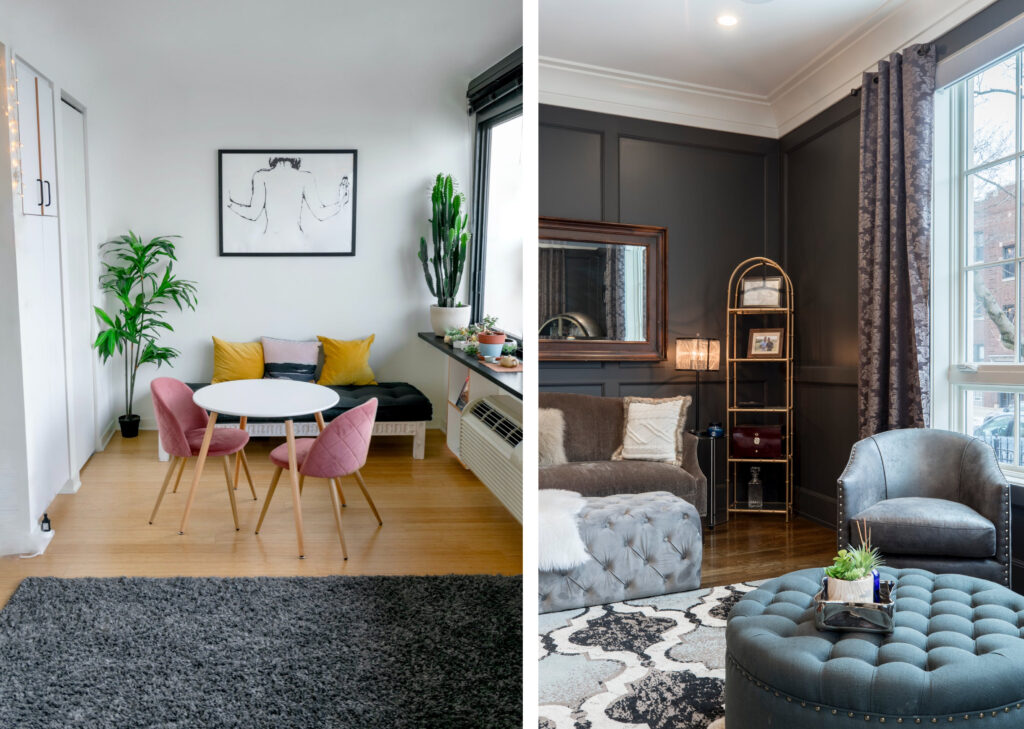
STONE
One of the first materials used in construction, stone today continues to be chosen for kitchen and bathroom tops but also for floors and coverings. The main advantages are those of great durability, ensured by the high resistance to compression and density, waterproofness and variety of use. For an informed choice it is best to opt for natural stone materials or ones obtained from recycling processes and assembled with non-toxic and quality components.
CERAMICS
Used in the form of tiles and slabs for floors and walls, they also characterize the material of furnishing accessories and home accessories. Present on the market in numerous color and shape variations, ceramics satisfy the functional and aesthetic needs of a vast user base. Today the most requested type is represented by stoneware, a material with high versatility and the ability to emulate the appearance of wood, marble and resins. For an informed choice, opt for ceramics produced according to a closed cycle. In it, the recovery of materials from production waste and water used in the manufacturing process, in addition to reducing the environmental impact, guarantee the ecological quality of the ceramic.
RESIN
A material obtained from a mixture of plastic substances, resin has seen a strong rise in the creation of flooring, wall coverings and furniture. Particularly appreciated for its surface continuity given by the absence of joints and joints, it can be produced in many colors and textures. Among resins, Corian is among the most appreciated thanks to its elegant aesthetic result and its easy processing. For an informed choice, ensure that the resins used have a quality certificate, are suitable for use in the food sector (kitchen tops) and use antibacterial films. Furthermore, it is good to consider the components and their concentration as in the case of polyester resins which contain styrene, a monomer considered harmful.
METALS
Recently more used than in the past, metals find their greatest use in the coverings and finishes of worktops. Among the most widespread we find corten, steel, and brass, also used for taps and details of kitchens and bathrooms. They all require careful maintenance but the final result is priceless in terms of elegance and modernity. For an informed choice, this type of material should also be chosen if produced according to environmental sustainability criteria.
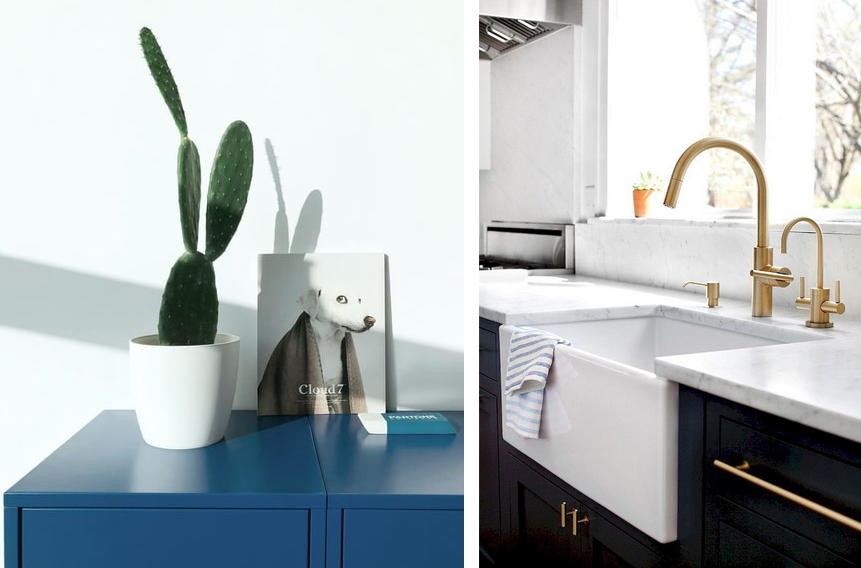
Photo by Jennifer Hughes
TEXTILE
Not only the furnishing accessories but also the wallpapers and wall coverings are made of textile fibres. The numerous treatments make these products resistant to humidity and atmospheric agents, so that they can also be used in more humid environments. For an informed choice it is preferable to opt for natural materials that derive from vegetable fibres, eco-friendly and free of glues that are toxic to health.
What materials should you pay attention to?
- Polyester resins containing styrene, a toxic substance which however tends to reduce to vapor during the production process and leave a minimal trace in the finished product
- Epoxy fillers contain numerous harmful components such as benzyl alcohol, phenylenebis and trisphenol, each in different quantities
- Foam-based insulation
- Silicate-based plasters
- Arsenic and chromium used in the production of furniture
- Toxic plastic materials
Pollution in domestic environments
An aspect often overlooked or completely ignored concerns the pollution of internal environments due to the characteristics of the materials used in the furnishings and finishes. In fact, even today there are too many toxic substances such as benzene, nitrogen dioxide, asbestos, radon phenols and fluorides inside buildings. All these elements appear to be harmful to the health of users and dangerous for the free use of closed spaces over time.
Recent studies have shown how the increase in allergies, migraines and conjunctivitis are closely linked to this type of problem. Pollutants can also cause more serious and degenerative diseases as the months and years pass. For all these reasons today we can speak of a real emergency that must be countered as soon as possible.
The first step is to find out in depth about the products you purchase: the furnishings must not contain toxic materials and carcinogenic substances. Certified products created within supply chains that guarantee international quality standards are preferable. Furthermore, further help can be given by particular species of houseplants, such as dracaena, aloe, lily and sansevieria, capable of purifying the air of any pollutants.
Current legislation
Depending on the type of furniture, there are specific European regulations that determine the standards relating to the materials that compose it. Manufacturers are required to comply with these requirements to provide their retailers with products that protect the customer and respect the environment.
In the sector of materials used for the production of furniture, the reference standard is UNI EN ISO where UNI stands for “Italian national standard”, EN “in line with the CEN directives” (Comité Européen de Normalisation) but adopted in Italy, ISO “developed by ISO” (International Organization for Standardization). In this case therefore, it is a regulation issued at an international level and adopted in Europe and Italy.
For furniture intended for residential use, reference is made to the technical standards UNI EN 12520 and UNI EN 12521 which require the safety, robustness and durability requirements of seats and tables for domestic use. For storage furniture, however, reference is made to the UNI EN 14749 standard containing mechanical safety requirements aimed at preventing accidents from foreseeable use.
As regards finishes, for example the installation of parquet, the UNI 11368-1 and UNI 11368-2 standards apply, relating to floors laid by gluing and those of the floating type.
All the materials used for the finishing and production of the furniture must have appropriate fire reaction requirements and in the specific case of wooden surfaces it will be essential that they are treated with special fireproof films.
Laboratory tests
Faced with an increasingly knowledgeable user in terms of sustainability and the growing interest in the conscious purchase of furniture and materials for indoor environments, there are more and more laboratory tests aimed at testing the quality of the products on the market. These are physical and mechanical analyzes applied to furniture, through which we work with the aim of achieving high performance levels to be guaranteed to users. In fact, it is essential to ensure safety and health requirements for users, through the marketing of furnishings that must be free of substances considered harmful to the environment and its occupants.
To this end, tests are carried out on each piece of furniture, according to standards relating to the elimination of substances that are risky to human health and the performance quality of the furniture in question, with tests on functionality and ergonomics. The tests carried out in the laboratory include those on the solidity and durability of the furniture, on safety, on the concentration of toxic components and on the emission of formaldehyde. Furthermore, tests on surfaces are important: perceptual analyzes and sustainability checks. Heat and impact tests are also necessary to guarantee a more high-performance and long-lasting piece of furniture.
Finally, all types of treatments to which the furniture is subjected must use paints and finishing products that meet the non-toxicity and quality requirements of the raw materials used.
Brands and certifications
It is therefore clear that the materials used for walls, floors and furnishing components must be certified and guaranteed by producers and sellers. Some of the certifications that you need to request to obtain greater protection for your purchases include:
CE mark
This is a mandatory label for all products, materials and kits that will be inserted into construction works or parts of them and marketed in European territory. In the case of furnishings and non-structural components, the products must be CE marked with checks carried out by the manufacturer. With the CE mark the manufacturer ensures the conformity of the material with safety, health and technical regulations.
FSC trademark
The Forest Stewardship Council brand is applied to products and solutions made entirely of wood from certified forests. Producers who support the environmental cause collaborate to combat the phenomena of deforestation. In fact, the brand guarantees sustainable growth and cutting of trees with regrowth and species conservation programs. Furthermore, the wood produced can be recovered and recycled in a manner consistent with the principles of the circular economy.
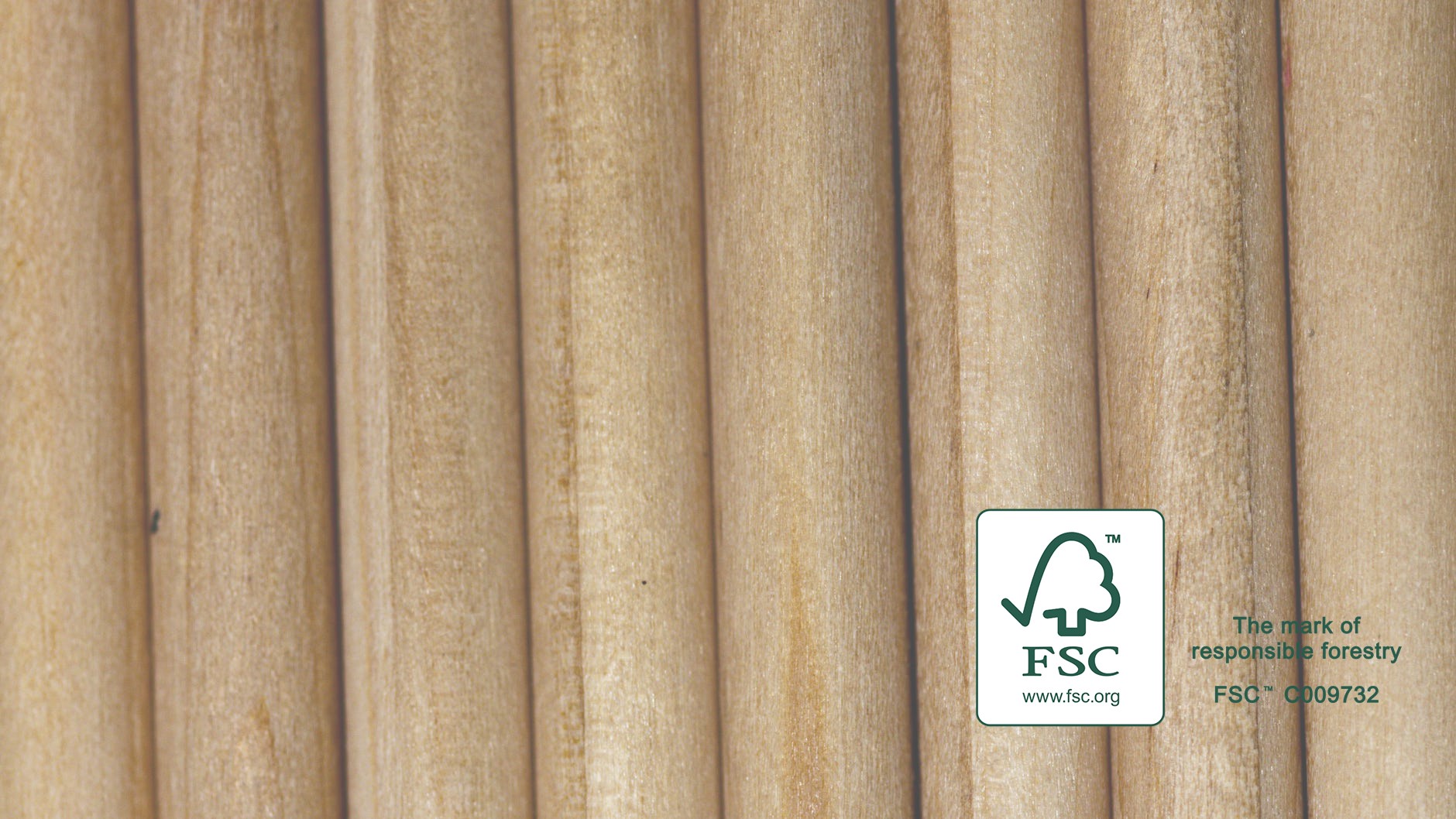
100% Made in Italy brand
Applicato soprattutto nel settore dell’arredamento, il marchio “Made in Italy” attesta che la produzione è avvenuta in territorio nazionale, nel pieno rispetto degli standard qualitativi. Oggi è una caratteristica sempre più richiesta dal cliente che preferisce acquistare un prodotto di pregio dal punto di vista prestazionale e compositivo.
IMQ brand
Applicato ai prodotti appartenenti al settore elettronico e idricosanitario, attesta la reale applicazione delle verifiche di sicurezza.
ECOLABEL
Indicates the characteristics of the product in terms of ecological quality at European level; Ecolabel products are characterized by respect for the environment, guaranteed throughout their life. The label can be found on wooden furniture, paint products, taps and bathroom fixtures.
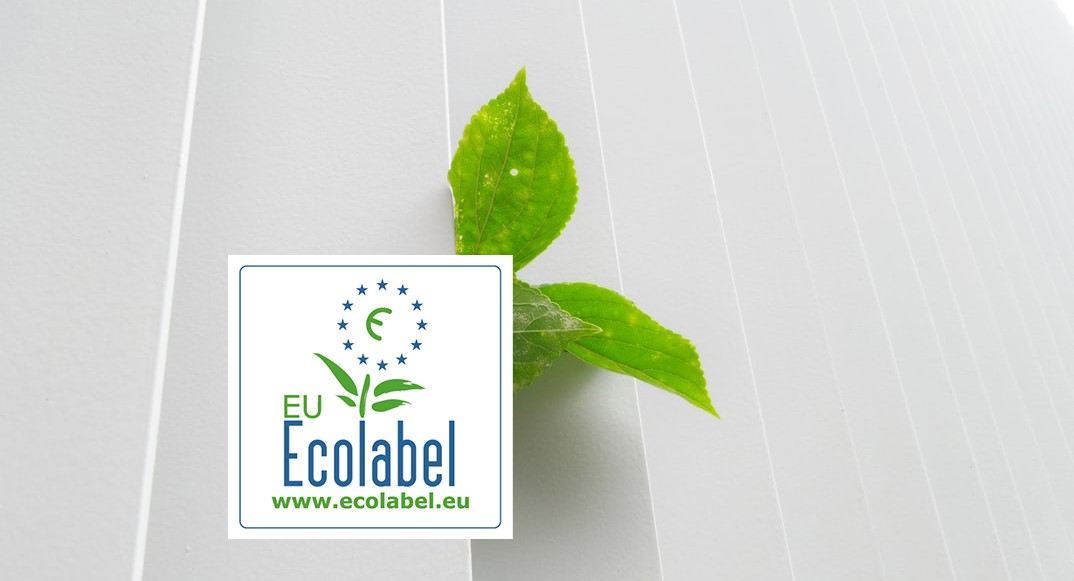
Environmental self-declaration
These are independent notifications that require subsequent verification to demonstrate their real validity. One of the best-known examples is the Mobius Cycle, represented by a well-known green symbol that indicates the level of recyclability of the product and how much recycled material it contains.
